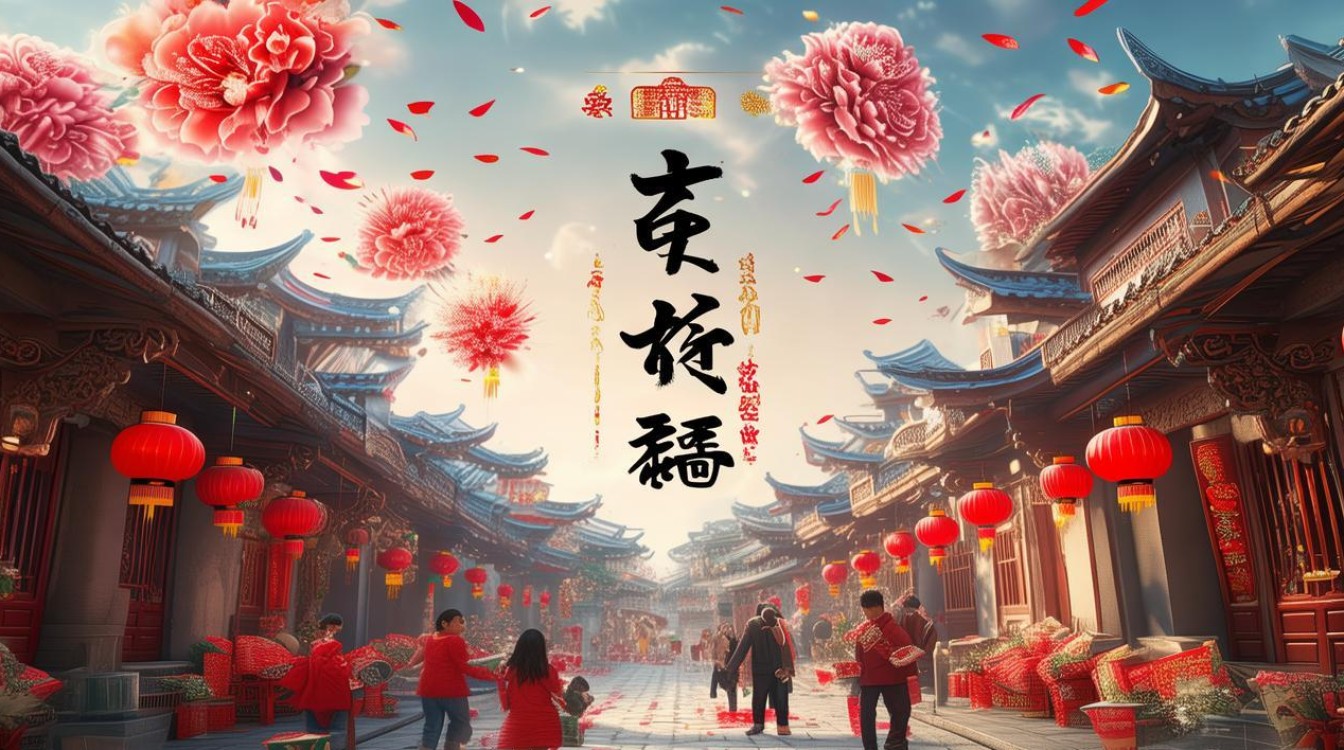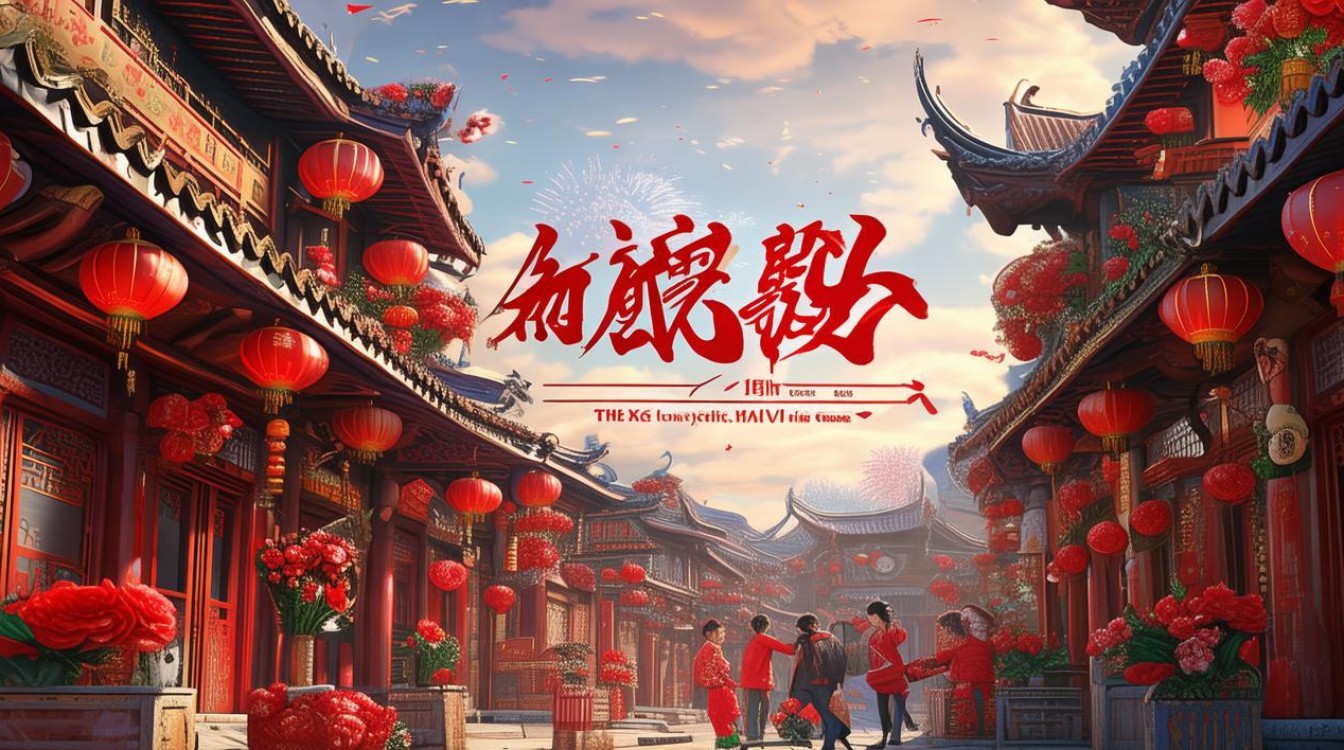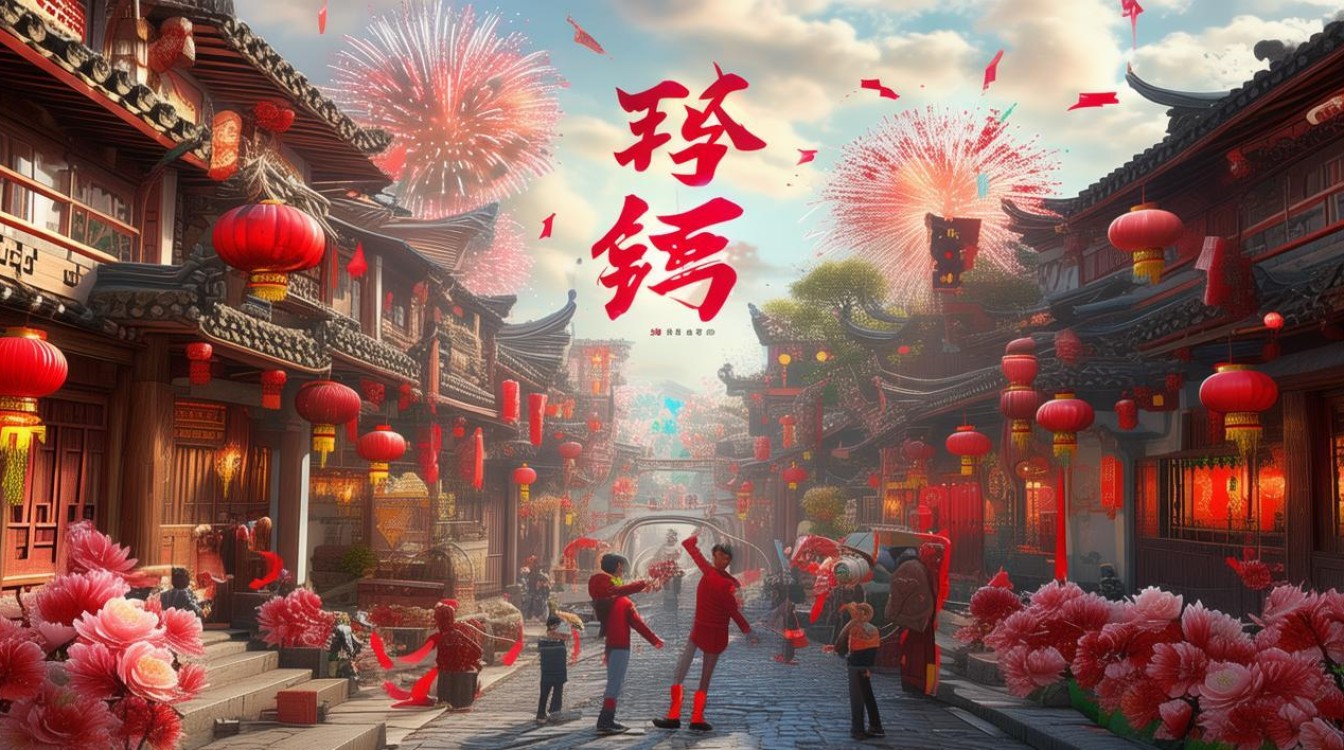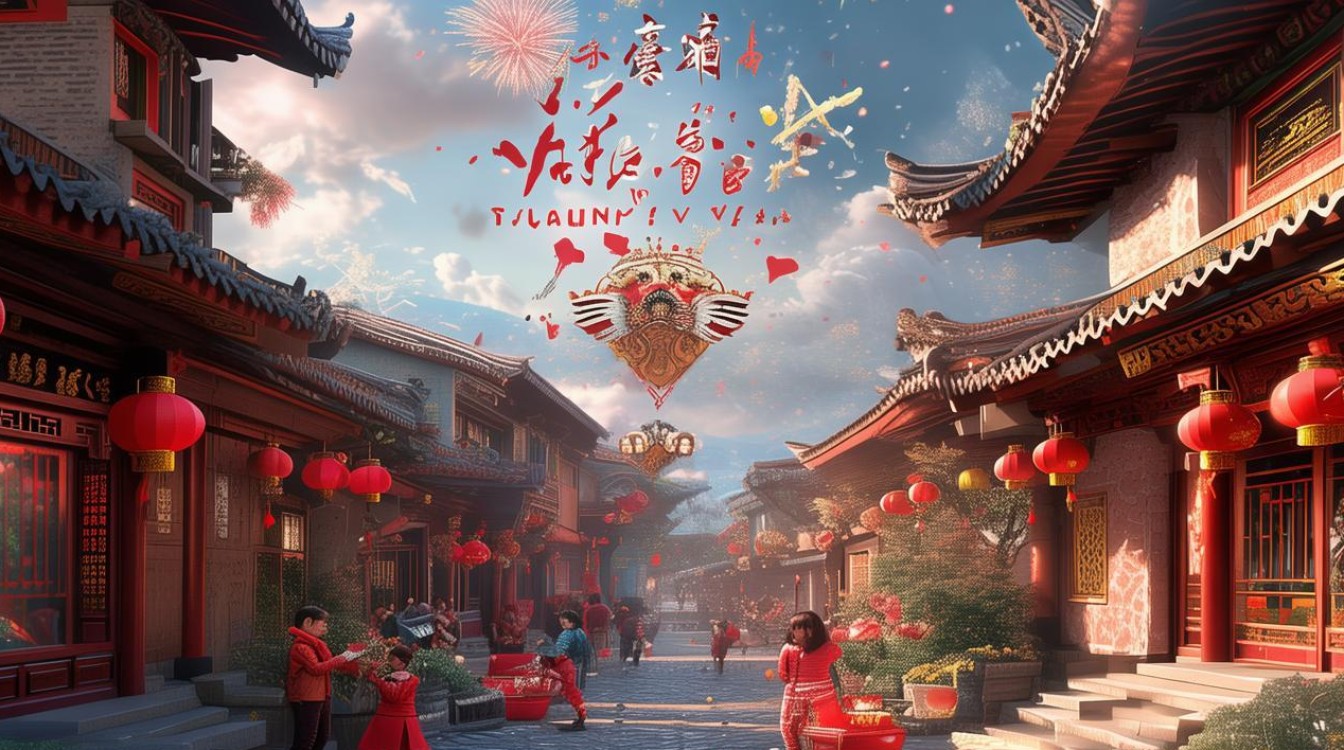The Chinese New Year, also known as the Spring Festival, is the most significant and vibrant holiday in China. It marks the beginning of the lunar calendar and is a time for family reunions, feasting, and cultural festivities. For many, it represents renewal, hope, and the joy of togetherness.

The Origins and Significance of Chinese New Year
Rooted in ancient agrarian society, the Chinese New Year has a history spanning over 4,000 years. Legend has it that the festival originated from the fight against a mythical beast called "Nian," which would terrorize villages at the start of each year. People discovered that loud noises, bright lights, and the color red could scare the creature away, leading to traditions like firecrackers, red lanterns, and couplets.
Beyond mythology, the festival embodies deep cultural values. It symbolizes the transition from winter to spring, representing new beginnings. Families honor ancestors, pay debts, and clean their homes to sweep away bad luck, welcoming prosperity.
Preparations: A Time of Excitement
Weeks before the New Year, households buzz with activity. People thoroughly clean their homes, symbolizing the removal of misfortune. Markets overflow with festive goods—red paper cuttings, lanterns, and decorations featuring auspicious symbols like the character "福" (fu), meaning "good fortune."
Shopping for new clothes is another essential tradition, as wearing fresh attire signifies a fresh start. Families stock up on ingredients for lavish meals, with dumplings, fish, and glutinous rice cakes being staples.

Reunion Dinner: The Heart of the Festival
The most cherished moment is the reunion dinner on New Year’s Eve. No matter how far apart family members are, they strive to return home. The meal is a grand feast, with dishes carrying symbolic meanings:
- Fish (鱼, yú) represents surplus and prosperity.
- Dumplings (饺子, jiǎozi) resemble ancient gold ingots, symbolizing wealth.
- Spring rolls (春卷, chūnjuǎn) signify new beginnings.
- Nian gao (年糕, niángāo)—sticky rice cake—implies rising fortunes.
After dinner, families stay up late, a custom called "shousui" (守岁), believed to bring longevity to parents. At midnight, fireworks light up the sky, driving away evil spirits and welcoming the new year with jubilation.
The First Day of the New Year
On the first day, people dress in new clothes and exchange greetings. The most common phrase is "Xīnnián kuàilè" (新年快乐, Happy New Year) or "Gōngxǐ fācái" (恭喜发财, Wishing you prosperity). Elders give red envelopes ("hóngbāo," 红包) filled with money to children, symbolizing good luck and protection.
Visiting relatives and friends is customary, though modern times have seen digital greetings via WeChat and video calls. Many also visit temples to pray for blessings.

The Lantern Festival: A Dazzling Finale
The 15th day marks the Lantern Festival, concluding the celebrations. Streets glow with colorful lanterns, and people solve riddles written on them. Tangyuan (汤圆), sweet glutinous rice balls, are eaten to symbolize family unity. In some regions, dragon and lion dances parade through towns, accompanied by drumbeats and cheers.
Modern Celebrations and Global Influence
While traditions remain strong, modern celebrations have evolved. Urban dwellers may travel abroad or enjoy themed events. Cities like Beijing and Shanghai host grand light displays, while overseas Chinatowns host parades, introducing the festival to global audiences.
Technology has transformed customs—digital red envelopes are now popular, and livestreamed performances reach millions. Yet, the essence remains unchanged: a time for gratitude, hope, and connection.
The Chinese New Year is more than a holiday; it’s a cultural treasure. Whether through age-old rituals or contemporary twists, it continues to unite people in joy and reflection. For those experiencing it for the first time, the vibrant colors, rich flavors, and warm hospitality offer a glimpse into China’s enduring spirit.

As the world grows more interconnected, the Spring Festival stands as a reminder of shared humanity—a celebration of family, renewal, and the timeless joy of new beginnings.

